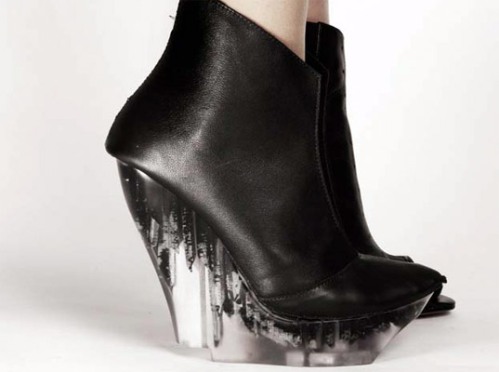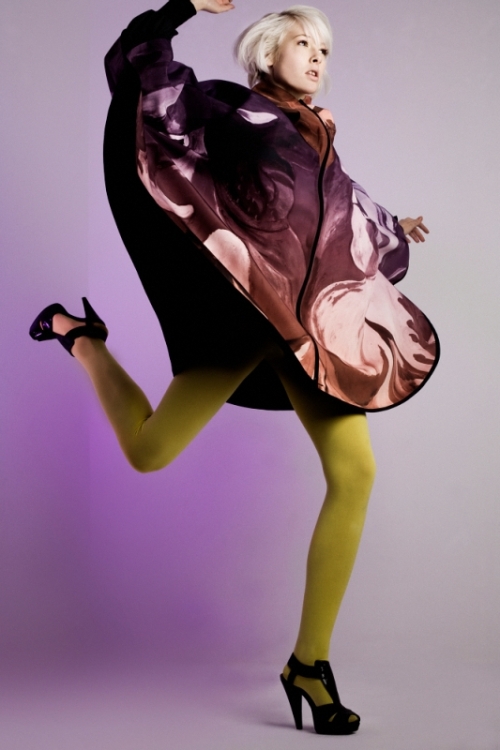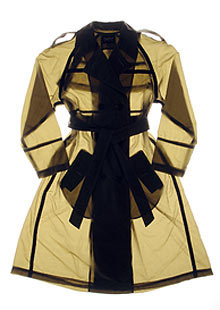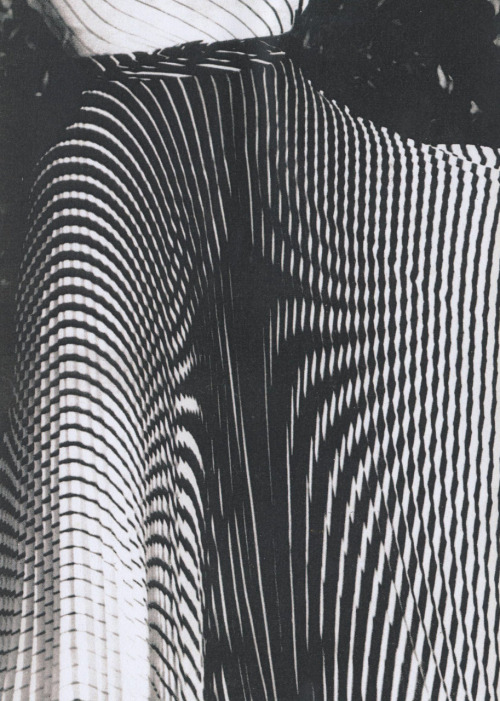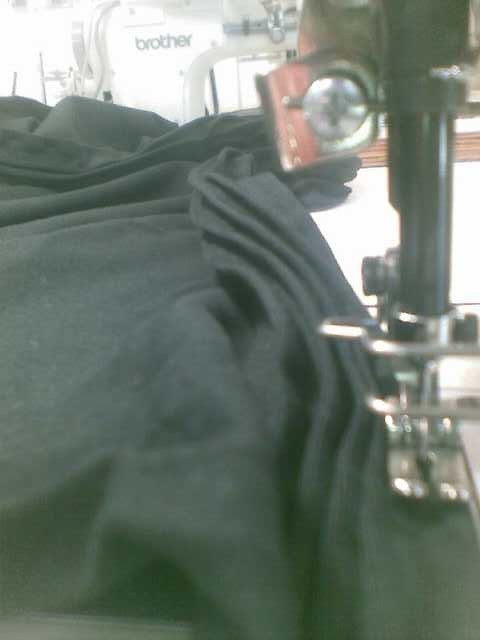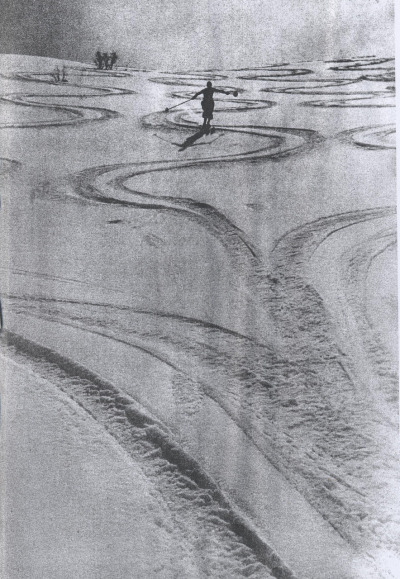I first heard about the Fashion Futures program through the endorsement by the London College of Fashion. I have decided it would be a good topic to explore, because it has media engagment and a connection to education which is an important link I have become aware of in promoting and developing sustainable fashion.
Fashion Futures is a response to the unethical practices of the fashion industry and a call for a sustainable overhaul. Its designed to help organisations in all sectors take action which will safeguard their future, protect our environment and improve the lives of their customers, workers and suppliers around the world.
Four vivid scenarios explore how climate change, resource shortages, population growth and other factors will shape the world of 2025 and the future of the fashion industry within it. They are designed as a tool to challenge companies’ strategies, inspire them with new opportunities and help them plan for the future.
Techno-Chic from Alex Johnson on Vimeo.
Community Couture from Alex Johnson on Vimeo.
Techno-Chic from Alex Johnson on Vimeo.
Patchwork Planet from Alex Johnson on Vimeo.
The Forum highlights 5 lessons for the industry to take note of:
1.
Prepare now for a radically different and uncertain futureCompanies should prepare now and put strategies in place for a variety of scenarios. They should carry out a risk assessment of their business models and supply chains; put together a sustainability roadmap covering the full product/service lifecycle; and ensure they understand the social and environmental context in which their products and services are used.
2. Seize the opportunity to be a trailblazer
Companies can gain first mover advantage by taking action on quick wins, such as energy efficiency. They can also benefit from taking the lead in talking to consumers and investors about the importance of sustainable production and consumption, lobbying government and driving collective industry action.
3. Put change into practice
In a world which is changing rapidly and unpredictably success will depend more than ever on being flexible and innovative. Companies should invest in design and innovation; explore new business models and ownership structures; and trial new ideas to see what works.
4. Look out for unexpected competitionMany different industries now play a part in the fashion industry, from information and communications technology (ICT) and sport to supermarkets and pharmaceuticals, and new competition can emerge from unexpected areas. Companies should embrace alliances with new partners where this can enable sustainable growth. They should also consider how to apply their core competencies to new markets.
5. Develop skills for a new worldCompanies should start developing the skills they will need to be successful in the future.
The industry will need climate change experts, water policy specialists, innovators with skills
in design for disassembly and closed-loop manufacturing and many more. Businesses should also explore trends where the customer becomes a supplier, designer and seller as well as a buyer of fashion.
What I like about this forum is not just that it is actively engaged in promoting sustainable education at the heart of innovation in students, but that it is proactive in promoting fundamental sustainable development, as explained in the increments of change a few posts ago. This advises fundamental change on a whole new level, concerning not just change in production but also in consumer awareness and ethical belonging.
The initiative to have something like this integrated into an education scheme is extremely inspiring, and I think having an outcome like the For Us By Us exhibition allows us to voice our issues to a wider audience through a form of impactful consumption. In my own practice, I endevour to adhere to some of these guidelines, particularly pursuing further education in sustainable developments.














